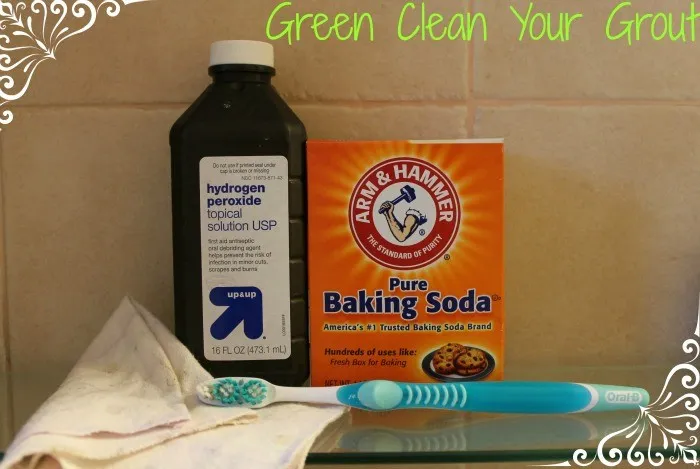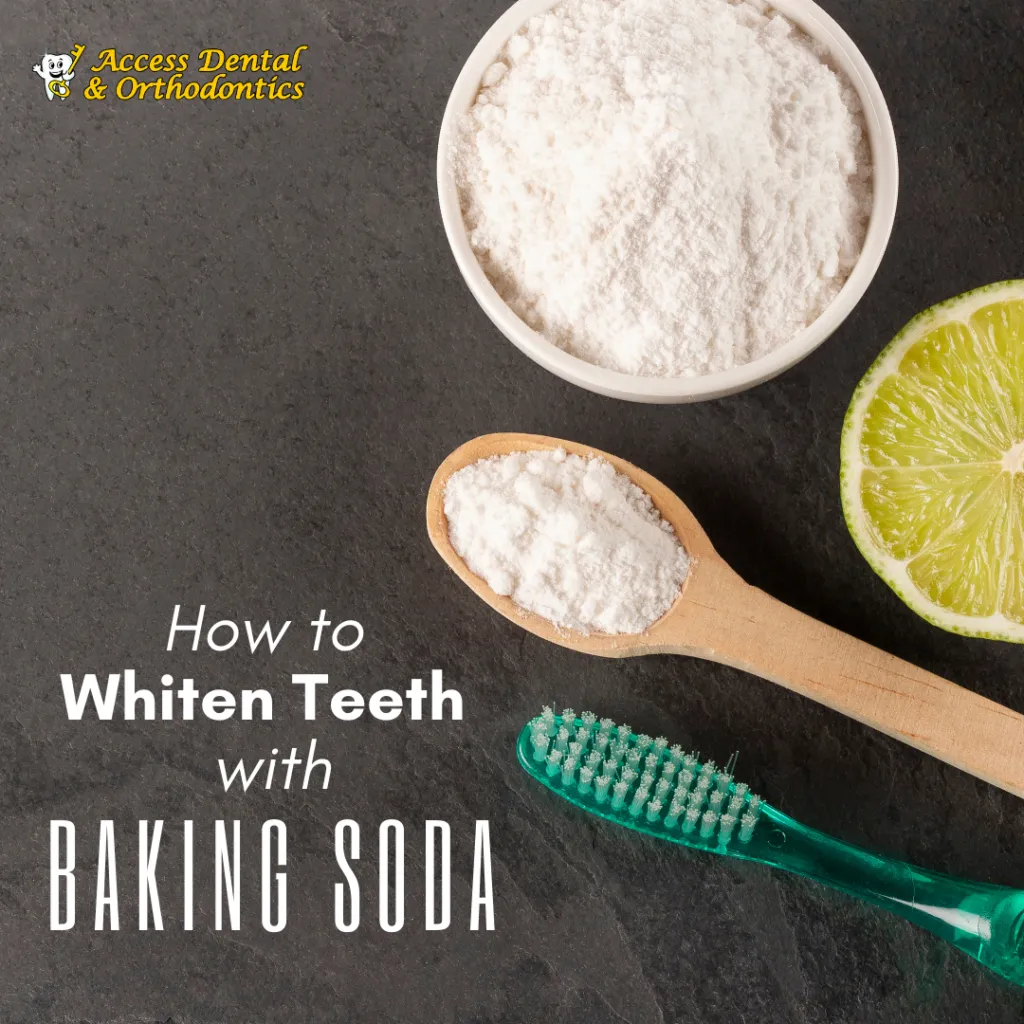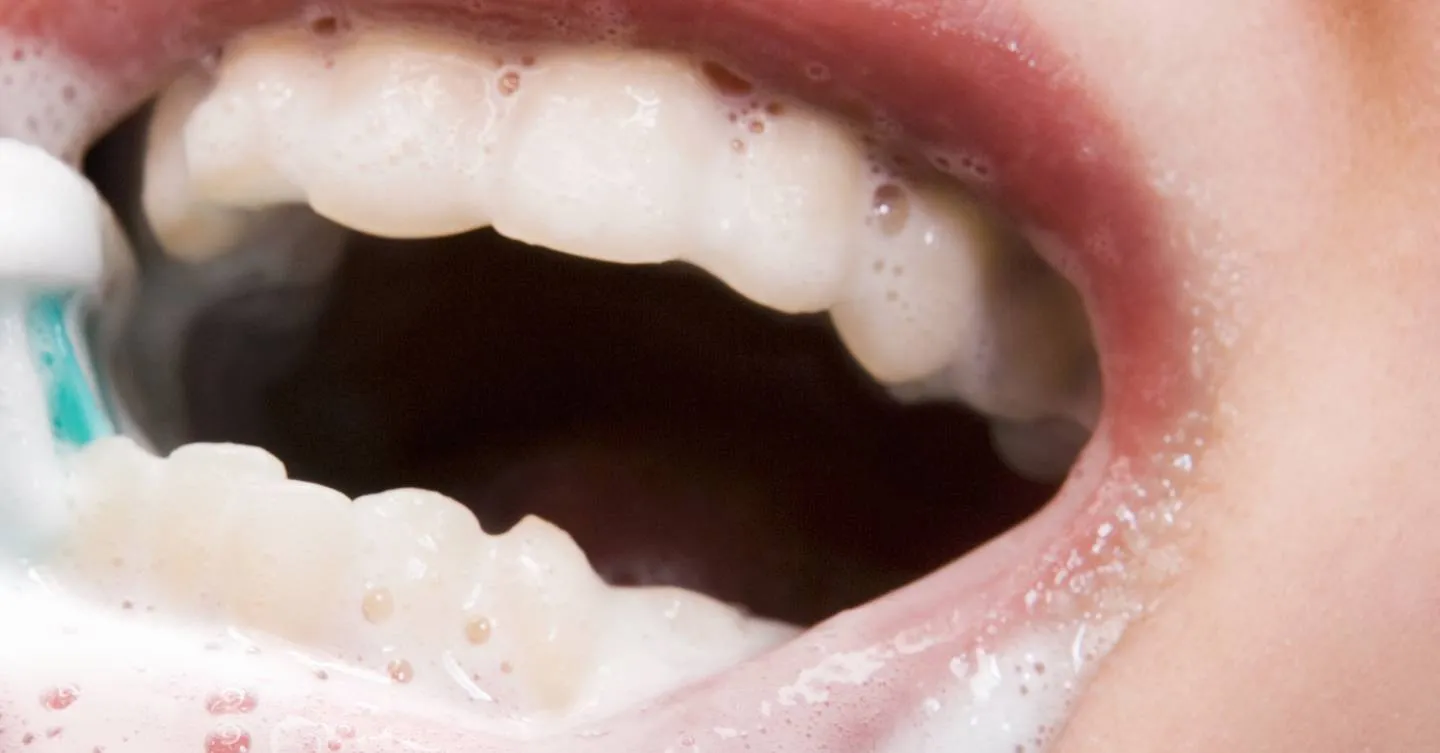What is Teeth Whitening Baking Soda & Peroxide
Teeth whitening using baking soda and hydrogen peroxide is a popular DIY method for brightening your smile. This approach involves combining the abrasive qualities of baking soda with the bleaching properties of hydrogen peroxide. The combination aims to remove surface stains and lighten the overall shade of your teeth. It’s a relatively inexpensive and accessible option for those looking to enhance their teeth’s appearance. However, it’s essential to understand both the potential benefits and risks before trying this method. Many people turn to this solution as a cost-effective alternative to professional treatments, making it a widely discussed topic in oral hygiene.
Benefits of Using Baking Soda & Peroxide for Teeth Whitening
One of the main advantages of using baking soda and hydrogen peroxide for teeth whitening is its affordability. The ingredients are readily available and cost significantly less than professional teeth whitening treatments or over-the-counter products. Baking soda acts as a mild abrasive, helping to scrub away surface stains caused by coffee, tea, and other foods. Hydrogen peroxide acts as a bleaching agent, helping to lighten the overall color of the teeth. In addition to these benefits, some people find that this method provides a noticeable improvement in the brightness of their smile, which can boost confidence. While not as potent as professional treatments, it can be an effective option for those with mild staining.
How Baking Soda Whitens Teeth

Baking soda, also known as sodium bicarbonate, acts as a gentle abrasive. It works by physically removing plaque and surface stains from your teeth. The gritty texture of baking soda helps to scrub away the buildup of food particles and stains that can dull the appearance of your smile. Regular brushing with baking soda can contribute to a cleaner and brighter feel. It’s important to use baking soda cautiously, as excessive use can wear down tooth enamel. Its effectiveness lies in its ability to target superficial discoloration, offering a refreshing clean and contributing to the overall brightness of your teeth. Proper technique is crucial to avoid potential harm to the teeth and gums, ensuring the whitening process is gentle and effective.
How Hydrogen Peroxide Whitens Teeth
Hydrogen peroxide is a mild oxidizing agent that can penetrate the enamel and break down stain molecules. This is the key to its whitening action. As it breaks down, it releases oxygen, which helps to lift the stains from the tooth surface. The concentration of hydrogen peroxide is essential; higher concentrations whiten more effectively, but can also increase the risk of sensitivity and gum irritation. In low concentrations, commonly found in home remedies, hydrogen peroxide provides a gentler whitening effect. It’s important to note that the whitening effect is more significant on extrinsic stains, those on the surface of the tooth, rather than intrinsic stains, which are deeper within the tooth structure.
Step-by-Step Guide Teeth Whitening with Baking Soda & Peroxide
Step 1 Preparing Your Supplies

Gather your essential supplies. You’ll need food-grade baking soda, 3% hydrogen peroxide solution (the standard concentration available at drugstores), a small bowl, a toothbrush, and a clean container for mixing. Make sure all your equipment is clean. Having all these items prepared beforehand will streamline the process, making it more efficient and less messy. Avoid using expired baking soda or hydrogen peroxide, as they might not be effective. It’s also helpful to have a timer to track the application time, ensuring you don’t overdo the treatment, and protect your gums.
Step 2 Mixing the Ingredients
In the small bowl, combine baking soda and hydrogen peroxide to create a paste. The ideal ratio is typically two parts baking soda to one part hydrogen peroxide, but you can adjust it slightly to achieve a consistency similar to toothpaste. Mix it gently until it forms a smooth paste, avoiding any lumps. If the mixture is too thick, add a few more drops of hydrogen peroxide. If it’s too thin, add a bit more baking soda. The key is to get the right consistency for effective and comfortable application. A well-mixed paste will ensure even distribution and optimal results. Ensure you mix the ingredients just before you apply them to your teeth to maintain their effectiveness.
Step 3 Applying to Your Teeth
Use your toothbrush to apply a thin layer of the paste to your teeth. Make sure to cover all surfaces of your teeth, ensuring even coverage. Be careful not to apply too much pressure, as baking soda is abrasive and excessive pressure can damage your enamel. Avoid getting the paste on your gums as much as possible, as hydrogen peroxide can cause irritation. Once your teeth are covered, you can gently brush them for about a minute. The focus is on the whitening action, so a gentle touch is essential to maximize effectiveness and minimize potential damage to your teeth and gums.
Step 4 Brushing and Rinsing

After brushing, rinse your mouth thoroughly with water to remove all traces of the paste. You can then brush your teeth again with regular toothpaste to ensure all the baking soda and peroxide are cleared, and to re-establish your mouth’s natural pH balance. It’s important to avoid swallowing any of the mixture during this process. Repeat this process no more than once or twice a week to minimize the risk of enamel erosion and gum irritation. Pay attention to how your teeth and gums feel after each treatment. Any signs of discomfort or sensitivity are signals to reduce the frequency of use or stop altogether.
Potential Risks & Side Effects of Baking Soda & Peroxide
While generally considered safe in moderation, using baking soda and hydrogen peroxide for teeth whitening comes with potential risks. Overuse can lead to enamel erosion, increasing the risk of tooth sensitivity and cavities. The abrasive nature of baking soda can wear down the enamel over time, making your teeth more vulnerable to damage. Hydrogen peroxide can cause gum irritation or even chemical burns if it comes into prolonged contact with the gums. Some people may experience temporary tooth sensitivity, especially if they already have sensitive teeth. It is important to heed any warning signs from your teeth and gums and consult your dentist if you experience any concerns.
Alternatives for Teeth Whitening
If you’re looking for alternatives to baking soda and hydrogen peroxide, there are several options available. Over-the-counter whitening toothpastes contain mild abrasives and whitening agents, such as hydrogen peroxide or carbamide peroxide, to help remove stains. Whitening strips are also widely available and convenient, with many containing effective bleaching agents. Professional teeth whitening treatments, offered by dentists, provide the most potent and effective results. These treatments often use high-concentration hydrogen peroxide and can achieve significant whitening in a single session. Your dentist can also assess your teeth and recommend the best whitening method tailored to your individual needs and dental health.
Maintaining Your White Smile

Once you’ve achieved a whiter smile, it’s important to maintain it. Regular dental hygiene practices are essential, including brushing your teeth twice a day and flossing daily to remove plaque and prevent new stains. Limit consumption of stain-causing foods and beverages, such as coffee, tea, red wine, and dark-colored berries. Consider using a whitening toothpaste to help maintain brightness between treatments. Regular dental check-ups and cleanings are also important for removing surface stains and keeping your teeth healthy. These combined efforts will help you enjoy a bright, healthy smile for the long term, and prevent the need for excessive whitening treatments.
